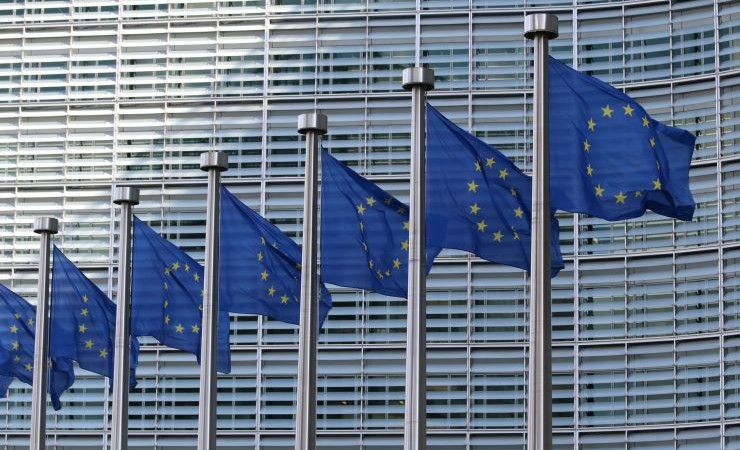State Aid in the EU’s Semi-Periphery after the Financial Crisis – Has it Helped Competitiveness?
Andrea Éltető and Gergő Medve-Bálint reflect on their article, “Illiberal Versus Externally Fomented growth model readjustment: post-GFC state aid in the EU’s semi-periphery,” which was published in Competition and Change.
With this article we intended to fill a gap: neither industrial policy – reinforced after the global financial crisis (GFC) – nor the consequences of transnational regulations feature prominently in the comparative capitalism literature. We therefore focused on how the two Iberian (Spain and Portugal) and two Central-East European (Hungary and Poland) governments used state aid grants and schemes in the post-GFC period to readjust their growth models by promoting more knowledge- and technology-intensive activities.

In the Eastern countries, excessive dependence on low value-added FDI has threatened with a middle-income trap, which the illiberal governments aimed to address by resorting to economic nationalism and the promotion of domestically owned businesses. In the South, the GFC and the subsequent strengthening of fiscal surveillance in the Eurozone have exposed the vulnerabilities of the consumption-led model and made it unviable in the long run.
Relying on the European Commission’s state aid database, we show that after 2013, in the consumption-driven South, governments aimed to strengthen supply through aid, while in the export-oriented East, they were more concerned about promoting exporting firms. Proportional to their GDP, Poland and Hungary applied considerably more state aid than the Iberian countries, which were facing severe fiscal constraints throughout the observed period. Our inquiry also revealed that in both semi-peripheries foreign-owned businesses were the prime target of individual aid in the medium-tech segment, corresponding to the foreign domination in complex manufacturing. Individual aid showed a slight move towards upgrading only in Poland, as a notable share of the Polish recipients were active in knowledge-intensive services such as business consultancy, computer programming and engineering. This confirms that the Polish illiberal growth model readjustment is genuinely more developmentalist, than the much more clientelistic Hungarian approach.

Neither the illiberal growth model readjustment in the East nor the externally fomented in the South have matched the stated ambitions and, overall, they seem to have reinforced existing structural features of the domestic growth models instead of engaging in real readjustment.
While so far, the consumption-oriented Southern EU members have faced important fiscal constraints relative to the Eastern countries, the coronavirus turned the tide in this respect. The Southern countries are the prime beneficiaries of the EU’s generous Recovery and Resilience Facility, which considerably boosts their fiscal capacity in spending on structural transformation, including high value-added activities. In contrast, the Eastern states may have fallen into their own illiberal trap: although they are entitled to a comparably high support from the program, because of their unresolved rule of law conflicts with the EU, they receive it very slowly.
































































































